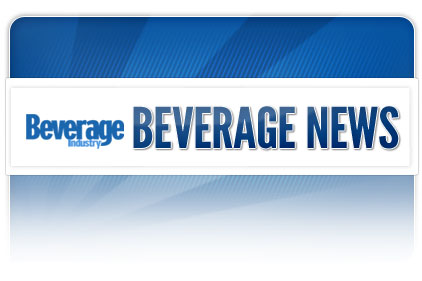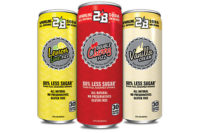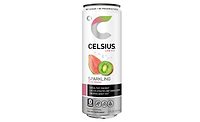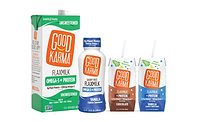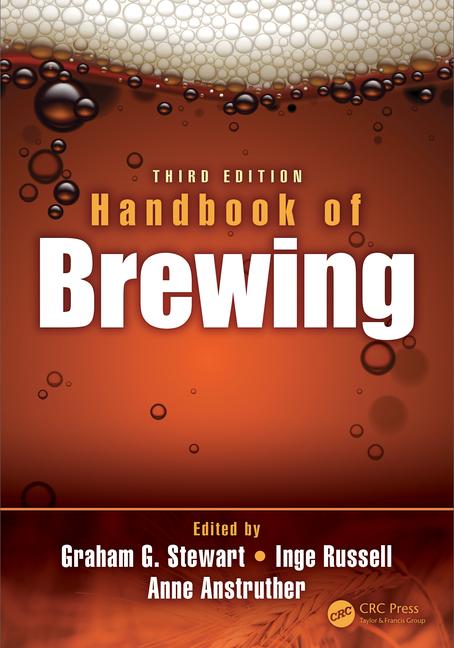For the first time in more than 15 years, the U.S. Department of Agriculture (USDA) announced new standards for school meals, including beverages. The new federal nutrition standards for school meals went into effect in July. Originally unveiled in January by First Lady Michelle Obama and Agriculture Secretary Tom Vilsack, the healthier meal requirements are a part of the Healthy, Hunger-Free Kids Act.
“Improving the quality of the school meals is a critical step in building a healthy future for our kids,” Vilsack said in a statement. “When it comes to our children, we must do everything possible to provide them the nutrition they need to be healthy, active and ready to face the future — today we take an important step toward that goal.”
Although the new standards include offering students both fruits and vegetables as well as increasing the availability of foods rich in whole grains, the guidelines also will impact the beverage space.
Schools are required to serve 8-ounce servings of either 1 percent or fat-free milk with every school meal and all flavored milk choices must be fat free, says a spokesperson for the School Nutrition Association. Previously, schools were only required to serve 8-ounce portions of milk; there was no specification on the percentage of milk fat or calories.
“The standards also establish new calorie limits for school meals, and together these changes have encouraged milk processors to work with schools on developing lower-sugar, fat-free flavored milk varieties,” the School Nutrition Association’s spokesperson says.
The standards also have impacted the juice category. “Fruit and vegetable juice served as part of school meals now must be 100 percent, or full-strength, juices and there are new limits on how frequently juice may be offered each week — no more than half of the weekly offerings of fruits and vegetables may be in the form of 100 percent juice,” the spokesperson adds.
Previously, juice was not required to be full strength, and no limits were in place about how frequently juice could be offered to students.
These guidelines are a follow-up to last year’s requirement that schools must make free drinking water available to students in the cafeteria under the Healthy, Hunger-Free Kids Act.
“Schools have met this requirement in a variety of ways — through water fountains, pitchers or sinks where children can fill their cups or bottles,” the spokesperson says.
The standards also were updated with key changes from the 2010 Dietary Guidelines for Americans and aimed to foster the kind of healthy changes at school that many parents are trying to encourage at home, according to the USDA.
Making changes
With the implementation of these guidelines this July, beverage manufacturers are working to deliver products that meet these standards.
Jamba Juice Co., Emeryville, Calif., with nutrition guidance from the National Dairy Council, announced a new fruit and dairy beverage for kindergarten through 12th grade schools. The smoothie was unveiled at the School Nutrition Association conference in Denver last month. Available in Berry Fruit and Peach Fruit flavors, the new fat-free dairy and fruit smoothies are expected to be available in schools in September, the company says.
“This is an important step in the right direction,” said Kathleen Zelman, a nutrition and food author and member of the Jamba Healthy Living Council, in a statement. “This project moves us closer toward the goal of providing schools with nutritious food and beverage solutions at a reasonable cost per serving.”
A blend of fat-free milk, fruit juices and apple, strawberry and blueberry fruits, Jamba Juice’s Berry Fruit Smoothie contains one serving of fruit and one half serving of fat-free dairy per 8 ounces. It also is fat free, cholesterol free, a low-sodium offering, and is formulated to be a good source of protein, potassium, phosphorus, calcium and vitamin C, the company says. The Peach Fruit Smoothie is a blend of fat-free dairy with fruit juices and peach fruit. It contains the same vitamins and minerals as the Berry Fruit Smoothie, but also features riboflavin.
In its second year, Jamba Juice’s JambaGO initiative aims to bring better nutrition to kids with full fruit and vegetable servings in smoothie beverages.
More to come
Although many guidelines were put in place in July, they will be phased in over a three-year period. For the 2012-2013 school year, schools are allowed to focus their efforts on lunch programs with most changes for breakfast taking place in future years, the USDA states.
The School Nutrition Association’s spokesperson suggests that more regulations are likely to come.
“We are still waiting for the U.S. Department of Agriculture to release proposed regulations on ‘competitive’ foods sold in school vending machines, snack bars and a la carte lines,” the spokesperson says. “These regulations are expected to require schools to serve healthier beverages, likely limiting portion size and added sugar.” BI
